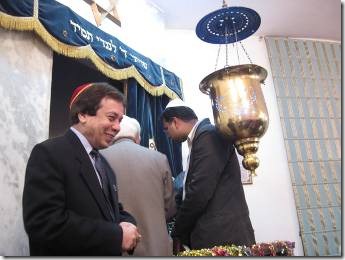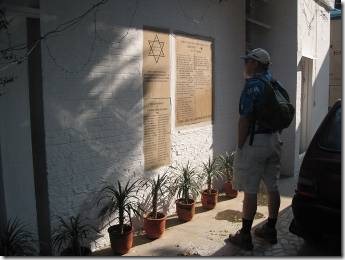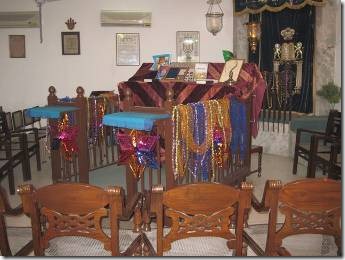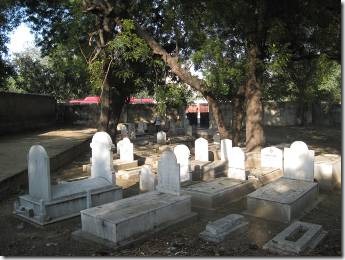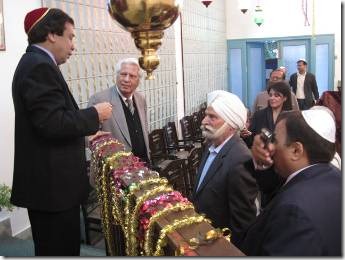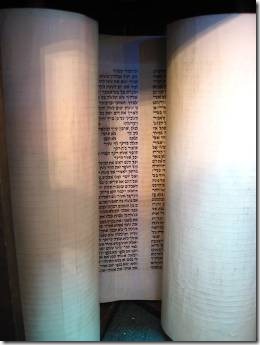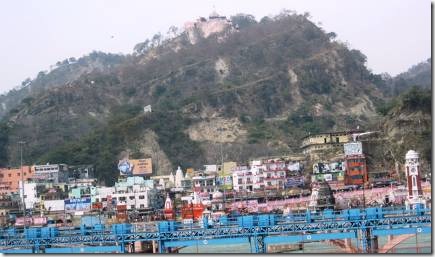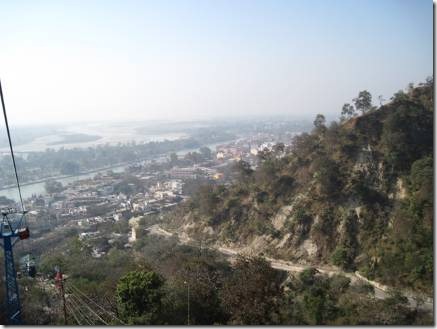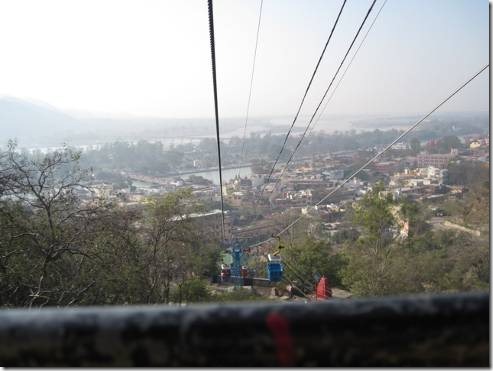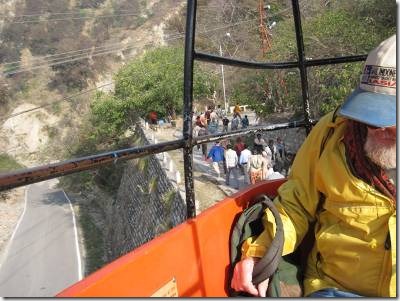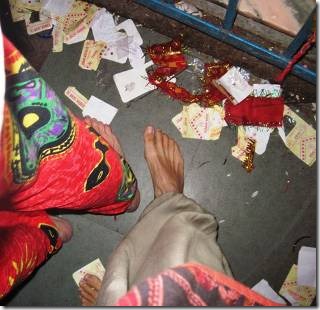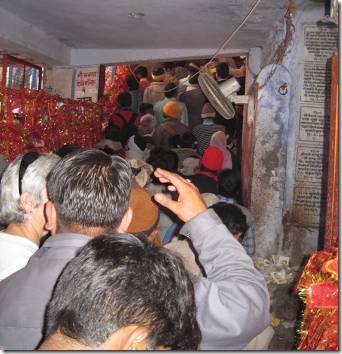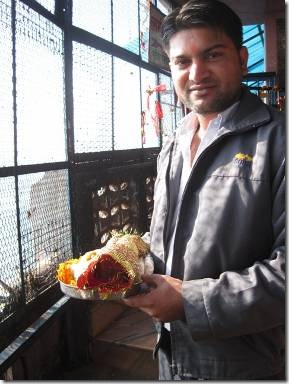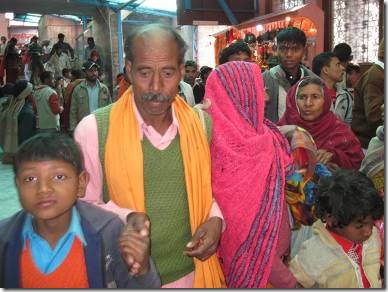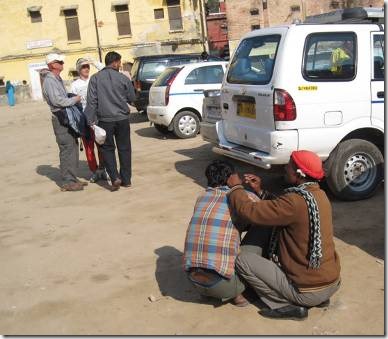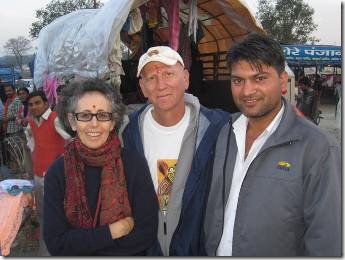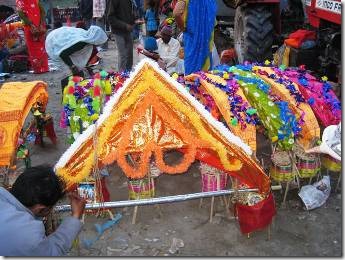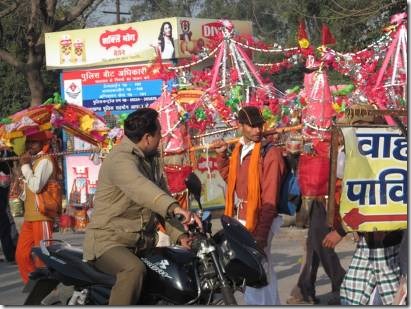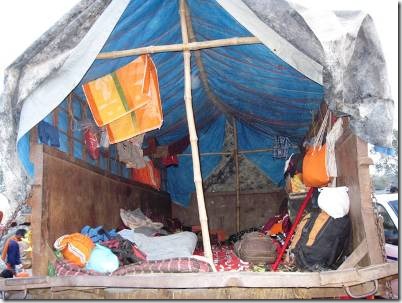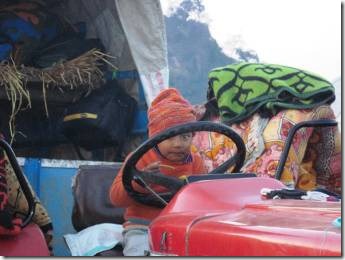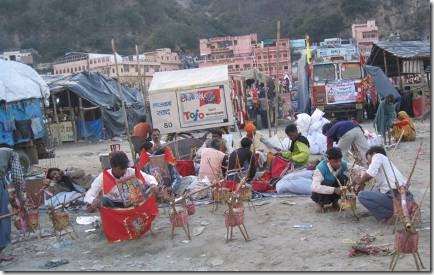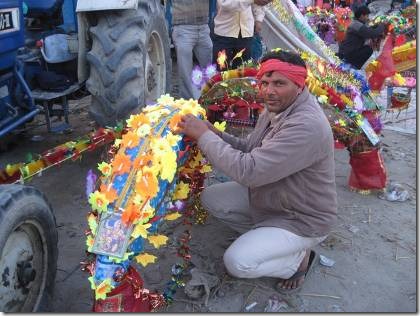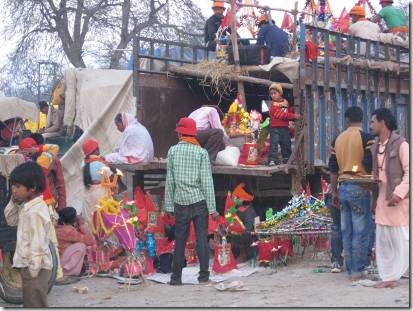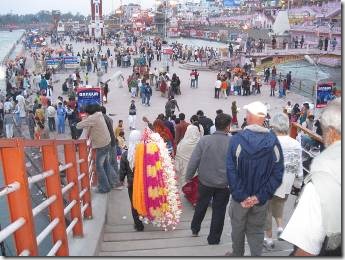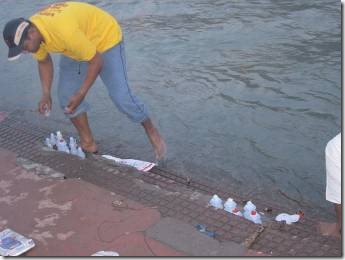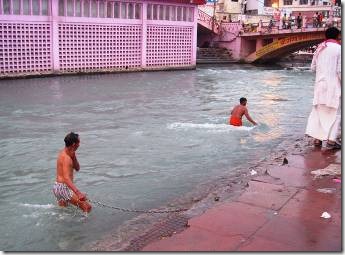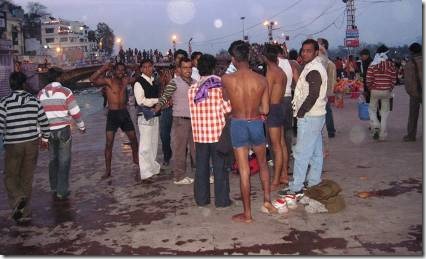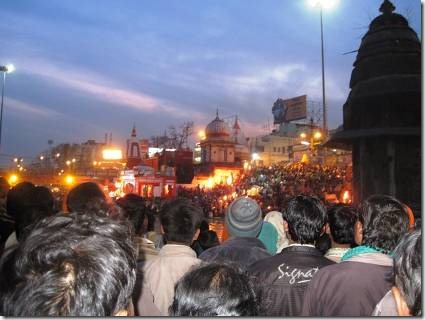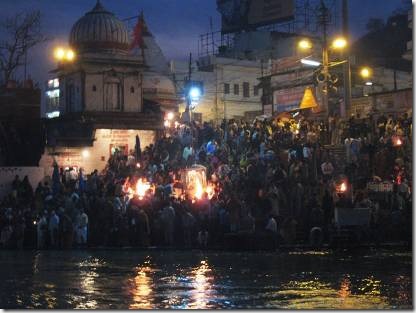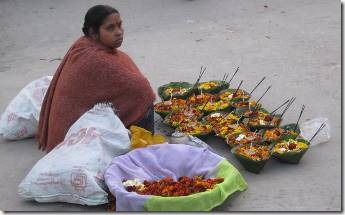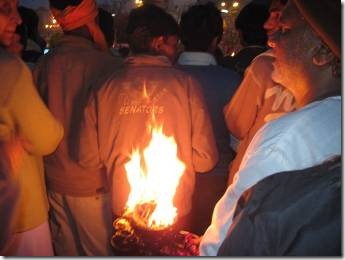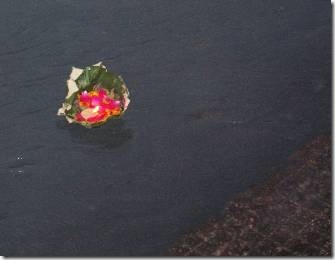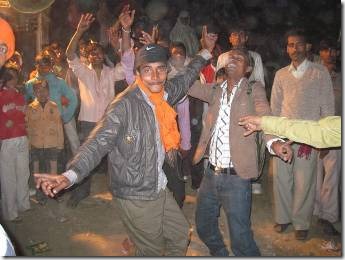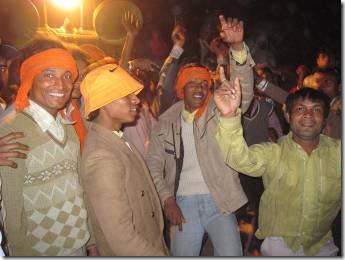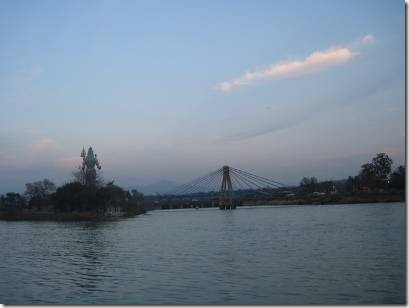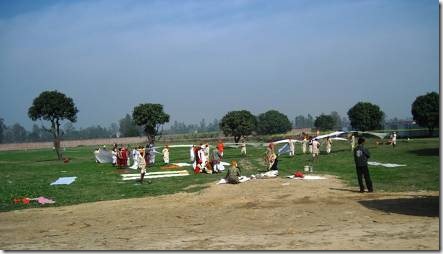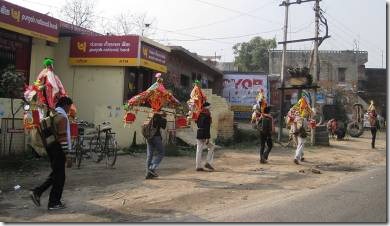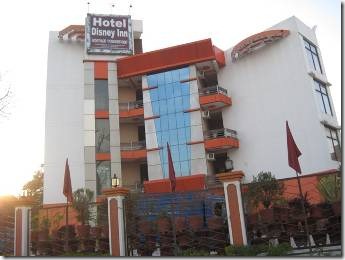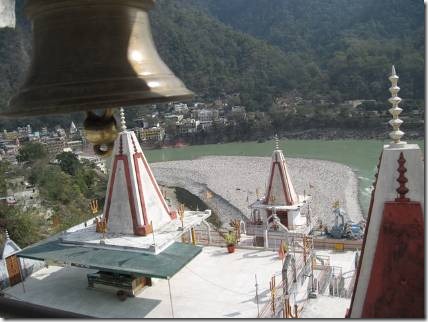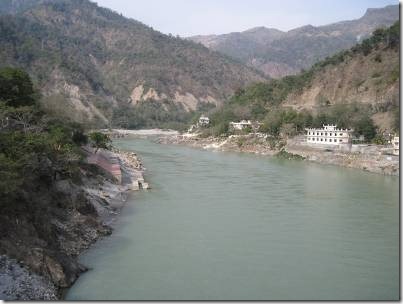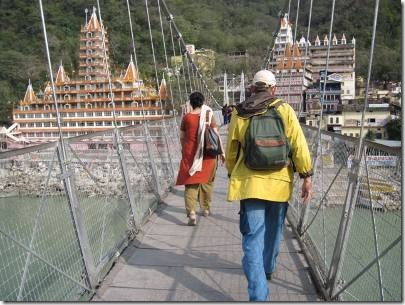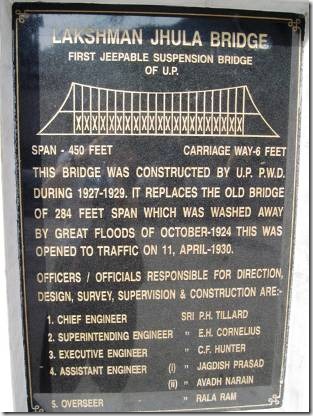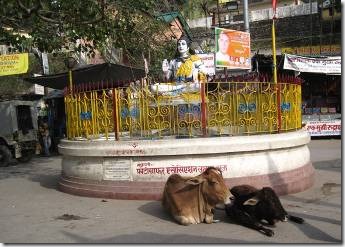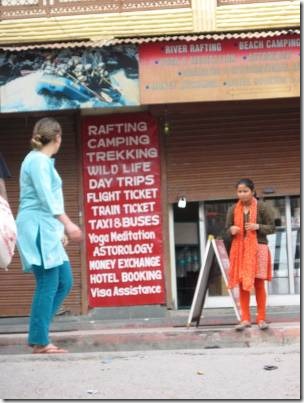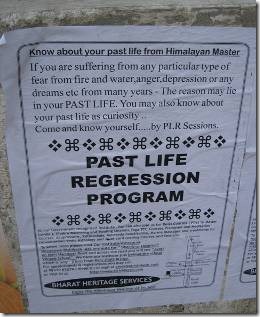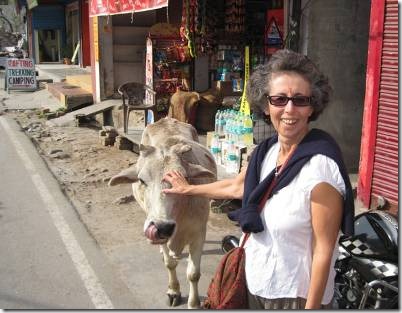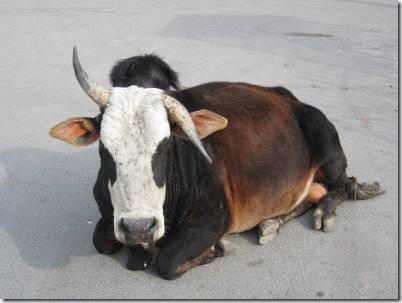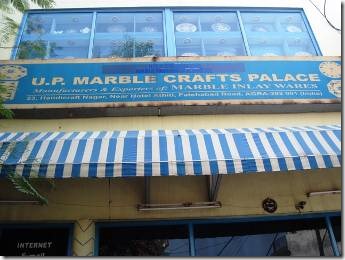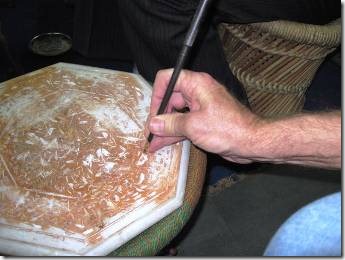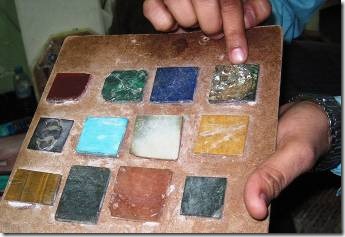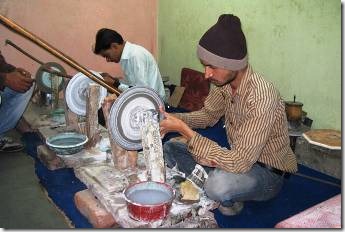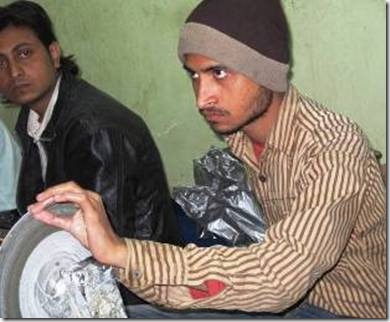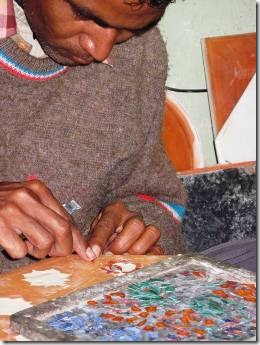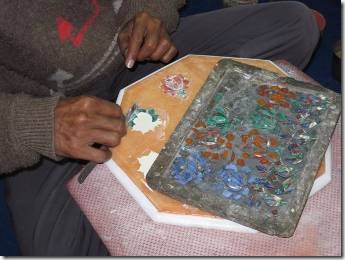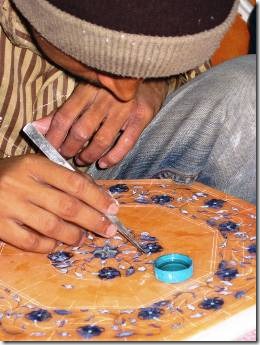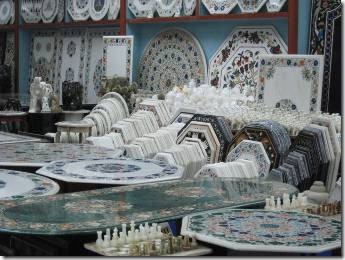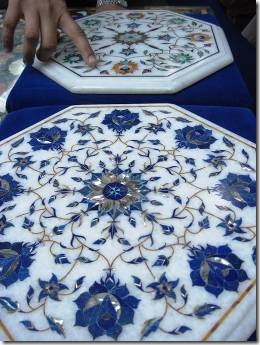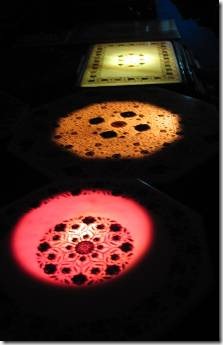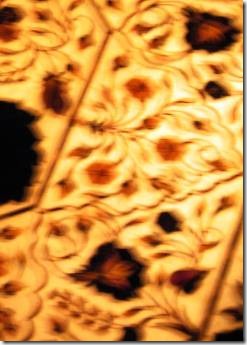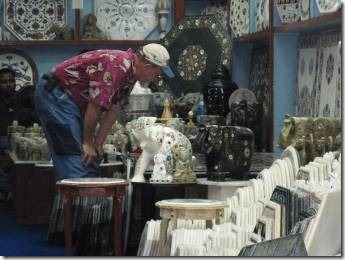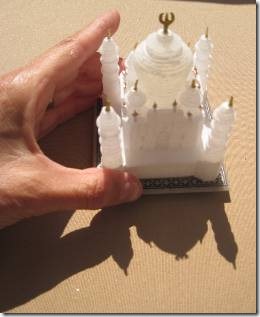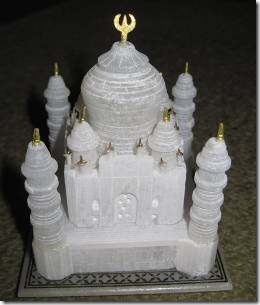Hi All,
I’ve written about the Taj Mahal and the Ganges, probably the two most recognizable names one associates with India other than Gandhi. Now I’m going to just write about the "not famous stops" of our trip, the visit to the Synagogue in Delhi, the Public Library in Jaipur, and the sugar cane field on the road back to Delhi from Haridwar. We did see other lovely and famous structures such as the Amber Fort in Jaipur and the Mosque in Fatehpur Sikri. And I have lots of people pictures and animal photos too. So these India emails may go on forever…..
Ruth Johnson
DoraMac
Judah Hyam Synagogue and Ezekiel Isaac Malekar
One of my best memories of Delhi will be our visits to the Judah Hyam Synagogue and its congregation. { 2 Humayun road (Opposite the Taj Mahal Hotel: near Christian Cemetery) New Delhi – 11003, India. www.jewishdelhi.org .} I had searched the Internet for synagogues in Delhi and found the address for Judah Hyman. Our first Thursday afternoon in Delhi we asked our driver Sandeep to take us there. Sandeep knows every monument, most restaurants and hotels, and the how to drive to the airport in his sleep. But he doesn’t really know how to find something by its street address. It was also his first contact with the word “synagogue” and we made the mistake of explaining it as similar to a church and that added to the confusion for someone who is a Hindu and had never met anyone Jewish before. Because we wanted to find it and Sandeep wanted to please us, he persisted until we finally did find the synagogue exactly where my information said it would be. However, the synagogue is pretty much hidden behind a fence and only when we called the synagogue and were told to look for a blue gate and police out front did we find it.
We were greeted by Ezekiel Isaac Malekar, Honorary Secretary with warmth and instant friendship and felt truly welcomed to the synagogue. Mr. Malekar is an attorney by profession. But with no Rabbi for the small Jewish community of about 200, it is he who leads the congregation during services. And can he read fast! We were shown around the small, very lovely synagogue and invited back for the Friday night services and to hear the guest speaker. I received the following email from Ezekiel to help with the correct information about him and the speaker at the Friday night service. The talk by Retired Air Chief Marshal Nirmal Suri, a Hindu was very interesting. Before the service I spoke with two priests and later an Imam came. It was quite an amazing gathering and I wish we could have stayed after the service but we had asked Sandeep to collect us at 7:30 and the service ended at 8pm so we rushed away after some quick good-byes. The Jewish couple sitting next to me was from Staten Island and there were other Jewish tourists there also.
Ezekiel at Friday services
Ezekiel was so energetic and charming that you just wanted to be around him and hear what he had to say.
He had the voice of a story teller, like Eli Wiesel. We also celebrated the birthday and engagement of his daughter Shulemit to a young man from Bombay.
Ezekiel’s email….
“ I was very joyous to welcome you all to our synagogue. The name of the speaker is Air Chief Marshal Nirmal Suri, former Chief of the Air Staff who delivered talk on Inter-faith dialogue as well as explained basic universal human values (that is love, truth, peace, non-violence and righteous conduct) in Judaism and other religions. For your information, I am an attorney and voluntarily conducting the services in the synagogue as well as taking care of the synagogue and conducting Hebrew classes and maintaining library. I have also performed inter-faith weddings as well as bar and bat-mitzvah. I have been actively involved in inter-faith work for the last 30 years and representing Judaism at the national and inter-national pray meetings, seminars and conferences, etc. For my work, I am in recipient of many awards such as Ambassador of Peace award, Doctor of Jewish Welfare and Mahavir and Mahatma Award for preserving Jewish culture and identity in India. To know more about me, you may find more details on Google search by inserting my name "Ezekiel. Isaac Malekar". Last year H.H. Dalai Lama also visited the synagogue. My mission is to keep the light of Judaism burning in this part of the world and to achieve this mission, I need your blessings and good wishes.”
Judah Hyam Synagogue
Quiet on Thursday afternoon but almost full on Friday night.
Ezekiel “invited” Linda and me to sit in the front row as those seats were empty just as the talk was about to begin. It was an “invitation” we felt we couldn’t refuse. I did follow along in the Prayer Book though my Hebrew is horribly rusty and the prayers were sung to different melodies from those I remember from our synagogue in New Bedford.
The cemetery next to the synagogue.
An Indian family lives in the cemetery acting as caretakers. The man I spoke to had taken over the job after his father. He had a daughter and perhaps she will take on the task next. We had seen something just like this in the Jewish cemetery in George Town, Penang. I gave his some money as a donation for the upkeep as I did in George Town.
Ezekiel and some of the community who had come to hear the speaker. The man in the white turban is a practicing Jain.
One of the Torahs.
Ezekiel, I hope this is all correct. If not, please let me know so I can fix it.

